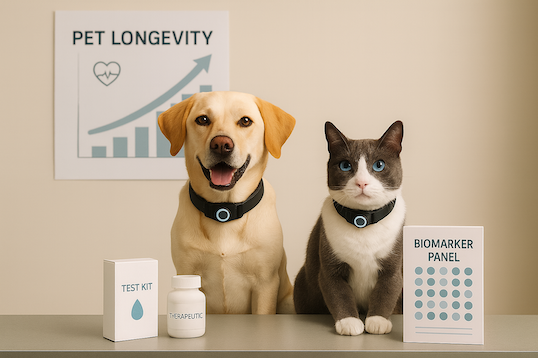Our Thesis on Video as a System of Record
At 2048 Ventures, we are obsessed with the future and invest in early-stage startups that build defensibility through data and technology. Lately, we’ve been thinking about the future of data capture and storage.

Video has become fully commoditized: humanity now captures and consumes information through video more than any other medium. Yet in the physical industries that run the world such as roads, utilities, construction, and maintenance, video is rarely embedded into operational workflows. The ability to capture high-resolution, geolocated video using smartphones, cameras, or drones creates a new opportunity: a continuous visual record of physical assets and environments that unlocks analytics, accountability, and better decision-making.
Video is the next foundational data layer
Video is becoming a foundational data layer for the physical world. Cheap capture hardware (phones, cameras, drones) combined with rapid advances in AI analytics now makes it viable to operationalize video at scale. As industries face increasing documentation demands, video-based systems of record are positioned to become the next “visual source of truth” for how assets and environments evolve over time. This shift will simplify inspections, maintenance, and planning while creating longitudinal datasets that serve as the backbone for operational decision making.
Much like sensors became ubiquitous a decade ago, video is now emerging as the next essential data layer for the real world.
Video allows for unique data capture
Unlike traditional sensors, video introduces unique insights that make it especially powerful as a system of record. Video can capture:
- Temporal change showing how environments evolve week to week, season to season, and year to year.
- Spatial context that reveals the relationships between assets, surroundings, and conditions.
- High visual fidelity that captures details that sensors or structured measurements cannot express.
- Universal usability allowing anyone with a phone or simple camera to collect meaningful data without specialized hardware.
These attributes make it possible to create living historical records of roads, properties, assets, and outdoor environments. When video is integrated into operational workflows, it enables automation, richer analytics, stronger defensibility, and more informed decision-making over time.
We see video system of records across many industries
Here are some recent examples where we have seen opportunities for video systems of record.
- Roads & Municipal Infrastructure: cities must routinely document the condition of roads, sidewalks, and other public assets. Companies like Infrahub show how video enables efficient drive-through capture and produces a historical record that simplifies assessments and change-over-time analysis.
- Landscaping & Outdoor Property Services: Landscaping companies return to the same properties weekly, yet work is still documented through manual, inconsistent workflows. Our recent investment in Spruce Systems demonstrates how video will emerge as the system of record for this industry, providing the most reliable way to identify maintenance needs and to capture a longitudinal record of how each property grows, changes, and responds to ongoing care.
- Solar & Wind Operations & Maintenance: renewable energy assets degrade continuously, and operators need reliable ways to detect issues early. Solar and wind O&M teams will increasingly rely on 360° cameras to produce comprehensive visual records of equipment conditions and identify anomalies before they become costly failures.
- Insurance & Property Claims: claims often rely on photos and adjuster notes, a workflow that can be inconsistent and difficult to audit. Video provides richer, more objective evidence of damage, simplifying assessment and improving the reliability of the entire claims process.
Companies we want to meet
We are looking for founders building video-first systems that become the operational backbone of their industries. The most compelling companies in this space will:
- Start with simple, low-cost capture, using phones, 360° cameras, drones, or other commodity hardware already present in the field.
- Transform raw video into structured, measurable insights through analytical models that detect conditions and flag anomalies.
- Leverage longitudinal video archives to build proprietary models, enabling automation, predictive capabilities, and defensibility that compounds with every capture.
- Establish themselves as the “visual source of truth” that teams rely on to understand the state of assets, properties, or environments over time.
If you are a founder working in the space, we'd love to connect: 2048.vc/pitch-us
Subscribe to our newsletter
Signup to get blog posts with our investments, theses and important announcements from 2048 Ventures.


